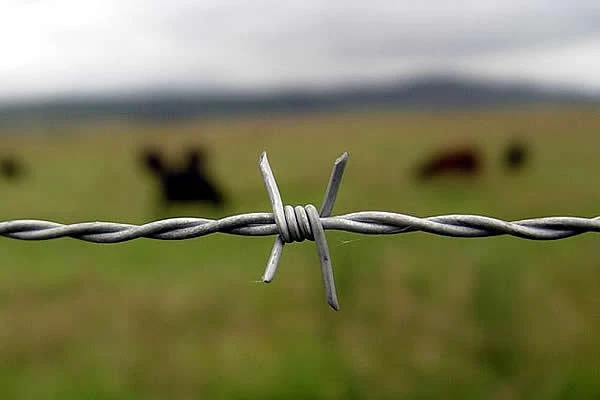 TEL:
+86-13102802206
TEL:
+86-13102802206
 Email:
fencenetting@china.com
Email:
fencenetting@china.com
 Language
Language
 TEL:
+86-13102802206
TEL:
+86-13102802206
 Email:
fencenetting@china.com
Email:
fencenetting@china.com
 Language
Language


The Versatility and Importance of Barbed Wire Single Strand
Barbed wire, often associated with boundaries and security, has played a crucial role in shaping modern agriculture, military strategy, and civil infrastructure. Among the various types of barbed wire, the single strand version remains particularly noteworthy due to its unique combination of simplicity and effectiveness.
Originally invented in the late 19th century, barbed wire was designed to solve a significant problem for farmers in the American West how to keep livestock contained while simultaneously deterring trespassers. Prior to its invention, farmers faced numerous challenges, including the need for more extensive fencing systems that required considerable time, labor, and resources. The introduction of barbed wire signified a turning point, offering a practical, efficient, and affordable solution.
The Versatility and Importance of Barbed Wire Single Strand
One of the primary advantages of using single strand barbed wire is its cost-effectiveness. Compared to other fencing options, such as wooden fences or electric fencing systems, single strand barbed wire is significantly cheaper to purchase and install. This makes it an attractive option for farmers and landowners looking to secure large areas without incurring prohibitive costs. The wire is also lightweight and easy to transport, further enhancing its appeal in rural and remote locations where accessibility may be an issue.

In addition to its use in agriculture, single strand barbed wire has found applications in various other fields. In the military context, it serves as a vital component of perimeter defense systems, helping to deter unauthorized access to sensitive areas. Prison facilities also employ barbed wire to secure the premises, providing an additional layer of protection against escape attempts. Furthermore, it has become a symbol of division, often representing contested borders in conflict zones around the world.
Despite its many benefits, the use of single strand barbed wire is not without its criticisms. Animal welfare advocates often raise concerns about the potential harm that barbs can inflict on livestock and wildlife, particularly if they become entangled. In response to these concerns, some manufacturers have begun to produce safer alternatives, such as rounded barbs or softer wire materials designed to minimize injury.
The aesthetic aspect of fencing is another consideration that has emerged in discussions around single strand barbed wire. While it serves a practical purpose, some landowners may find traditional barbed wire unsightly in residential areas or scenic landscapes. In these cases, options like decorative fencing or natural barriers may be preferred, although they often come at a higher cost.
In conclusion, single strand barbed wire has proven to be an indispensable tool in various sectors, particularly agriculture and security. Its simple yet effective design has made it a staple for farmers and landowners seeking a budget-friendly solution for fencing and protection. While its utility is clear, it is also essential to address the concerns surrounding its use, particularly regarding animal welfare. As with any tool, responsible management and consideration of its implications will be key to ensuring that the benefits of single strand barbed wire continue to outweigh the drawbacks. Whether used in the fields or to secure important facilities, the humble single strand of barbed wire remains a powerful symbol of boundaries, protection, and the complexities of human interaction with the environment.